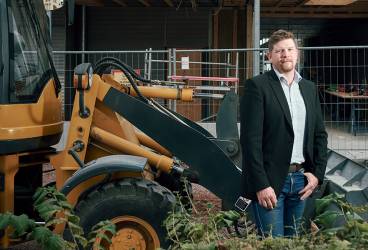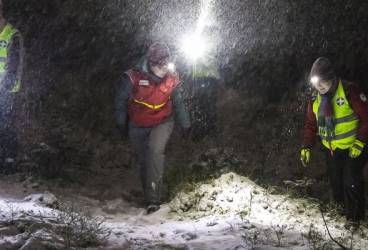Lessons from Ukraine to critical authority communications

Is even this not enough to wake us up? I have been thinking about this ever since Russia attacked Ukraine. Today, the war of aggression has continued for a year already. Ukraine teaches us that a threat can escalate into aggression rapidly, and this truly puts the level of preparedness to test.
We at Erillisverkot are responsible for the pulse and circulation of Finland even as things are now. We ensure that communications between security operators and authorities, such as the rescue services and emergency medical service, work under all circumstances. Finland has been investing in preparedness and the security of ICT services for a long time already. We still, however, find room for improvement.
Back-up power is a good idea
Both the mobile Virve network and the fixed security network are available for security-critical operators. It is, however, better to be safe than sorry, since electricity is needed for these connections as well. Unlike Sweden and Estonia, for example, Finland still has not invested sufficiently in back-up power utilising different technologies to protect authority communications from power cuts. The next government needs to make the decisions and allocate the resources needed to build this.
Training on paper creates a paper tiger
Ukraine has taught that under extreme circumstances, agility, speed and the readiness to change plans on the fly are necessary to survive. Finland has had a culture of training and training activities for a long time, which is great. The contents and practices of training should, however, be reviewed critically, since training makes you good at training. Will critical communications still be functional when data communications are cut and the situational picture is not available in meeting rooms next door?
Security is achieved through collaboration
Another lesson learnt from Ukraine is that things are interdependent: there are no telecommunications without electricity, the Defence Forces do not march without functional food supply, and people need many of the same services under exceptional circumstances as under normal conditions. Security is achieved through collaboration as well. The Virve public safety network already brings together critical authorities. Some private operators, such as power companies, have also been authorised to use it. But there is still room for considering whether the use of Virve and the security network should under exceptional circumstances be expanded even further to include other pillars of the community, such as the trade and logistics chains.


